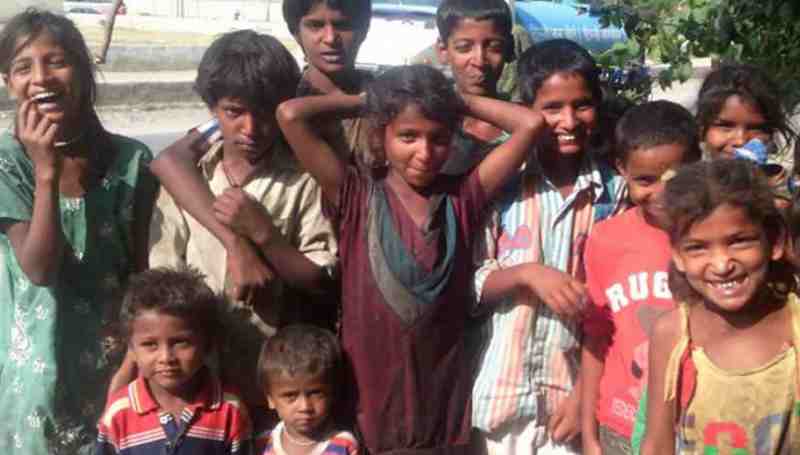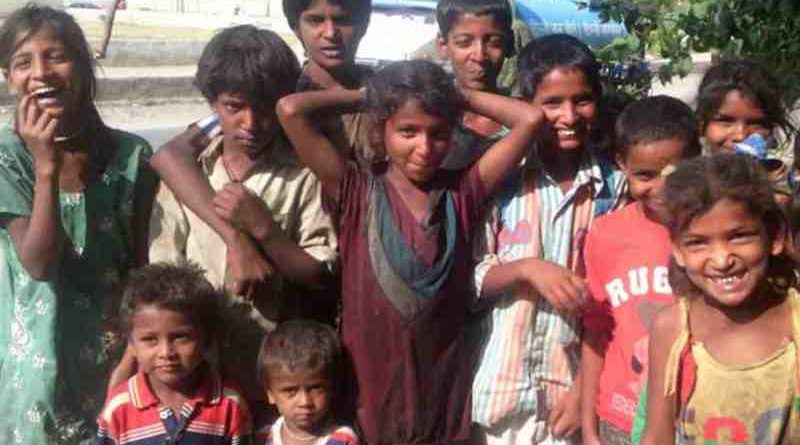China Population = India Population = 1.4 Billion

China Population = India Population = 1.4 Billion
The world’s population is expected to increase by nearly 2 billion persons in the next 30 years, from the current 8 billion to 9.7 billion in 2050.
The UN Population Fund (UNFPA) reports that China and India each having a population of 1.4 billion remain the two most populous countries of the world. Both the countries represent nearly 18 percent of the world’s population.
And by 2023, India is projected to overtake China as the world’s most populous country, while China’s population is projected to decrease by 48 million, or around 2.7 percent, between 2019 and 2050. The data comes from the World Population Prospects 2022 and World Population Dashboard.
The world’s population is more than three times larger than it was in the mid-twentieth century. The global human population reached 8.0 billion in mid-November 2022 from an estimated 2.5 billion people in 1950, adding 1 billion people since 2010 and 2 billion since 1998.
The world’s population is expected to increase by nearly 2 billion persons in the next 30 years, from the current 8 billion to 9.7 billion in 2050 and could peak at nearly 10.4 billion in the mid-2080s.
This dramatic growth, according to the UN, has been driven largely by increasing numbers of people surviving to reproductive age, the gradual increase in human lifespan, increasing urbanization, and accelerating migration. Major changes in fertility rate have accompanied this growth. The UN says that these trends will have far-reaching implications for generations to come.
On 15 November 2022, the world’s population reached 8 billion people, a milestone in human development. While it took the global population 12 years to grow from 7 to 8 billion, it will take approximately 15 years—until 2037— for it to reach 9 billion, a sign that the overall growth rate of the global population is slowing.
Yet levels of fertility remain high in some countries. Countries with the highest fertility levels tend to be those with the lowest income per capita. Global population growth has therefore over time become increasingly concentrated among the world’s poorest countries, most of which are in sub-Saharan Africa.
Overall, according to the UN, significant gains in life expectancy have been achieved in recent years. Globally, life expectancy at birth is expected to rise from 72.8 years in 2019 to 77.2 years in 2050.
While considerable progress has been made in closing the longevity differential between countries, large gaps remain. In 2021, life expectancy at birth in the least developed countries lags 7 years behind the global average, due largely to persistently high levels of child and maternal mortality, as well as violence, conflict and the continuing impact of the HIV epidemic.
💛 Support Independent Journalism
If you find RMN News useful, please consider supporting us.




